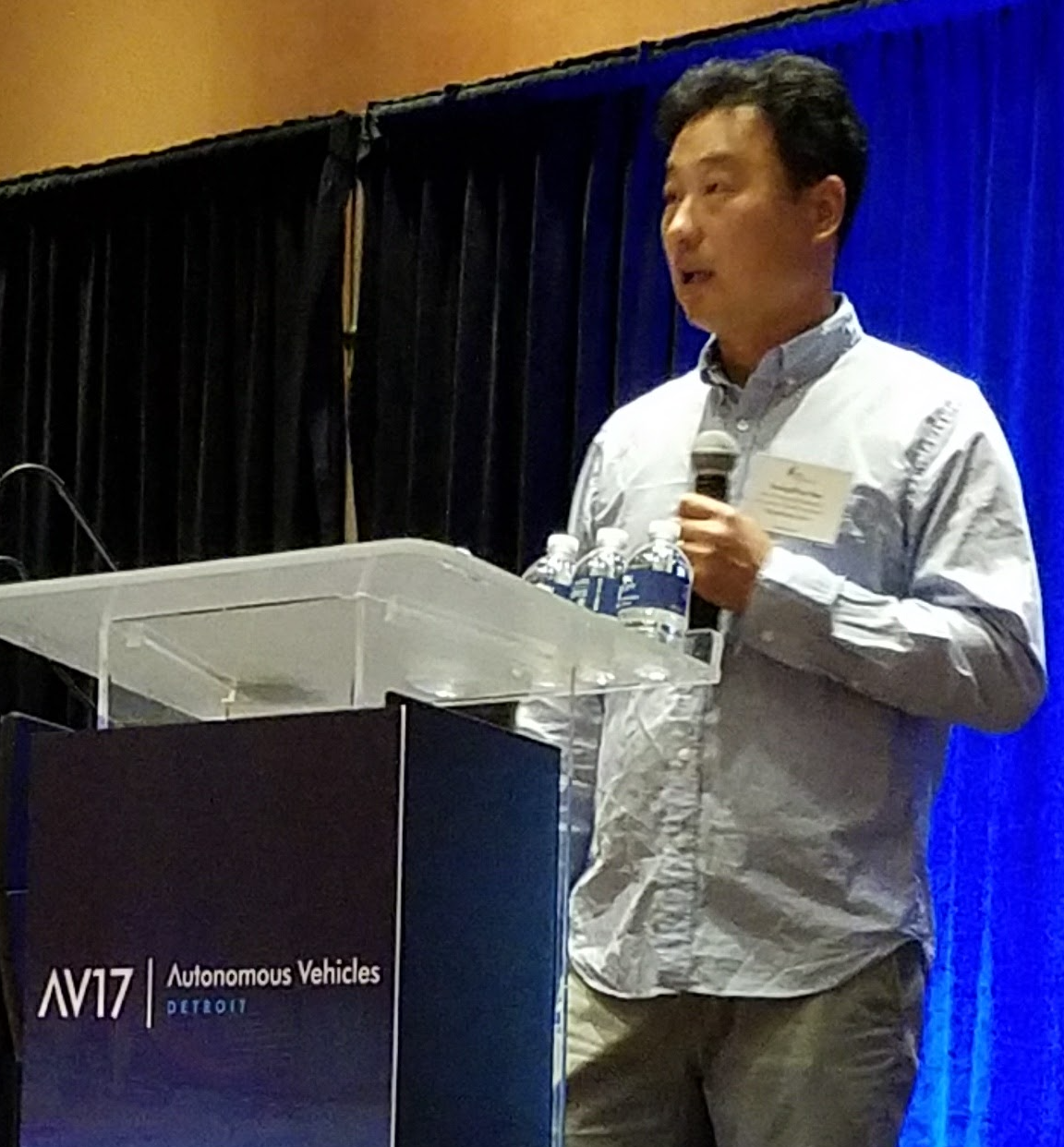A computer vision system for lateral localization
Published in JFR, 2015
For urban driving, knowledge of ego-vehicle’s position is a critical piece of information that enables advanced driver-assistance systems or self-driving cars to execute safety-related, autonomous driving maneuvers. This is because, without knowing the current location, it is very hard to autonomously execute any driving maneuvers for the future. The existing solutions for localization rely on a combination of Global Navigation Satellite System (GNSS), an inertial measurement unit, and a digital map. However, on urban driving environments, due to poor satellite geometry and disruption of radio signal reception, their longitudinal and lateral errors are too significant to be used for an autonomous system. To enhance the existing system’s localization capability, this work presents an effort of developing a vision-based lateral localization algorithm. The algorithm aims at reliably counting, with or without observations of lane-markings, the number road-lanes and identifying the index of the road-lane on the roadway that our vehicle happens to be driving on. Testings the proposed algorithms against inter-city and inter-state highway videos showed promising results in terms of counting the number of road-lanes and the indices of the current road-lanes.
Young-Woo Seo and Myung Hwangbo, A computer vision system for lateral localization, Journal of Field Robotics, 32(7): 1004-1014, 2015.
